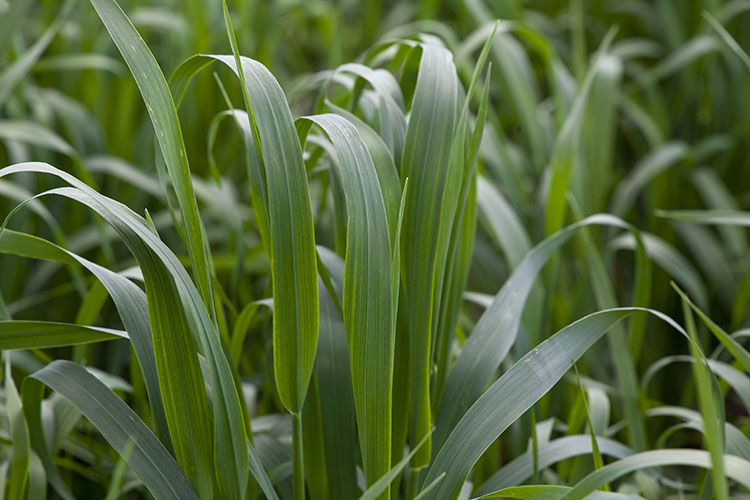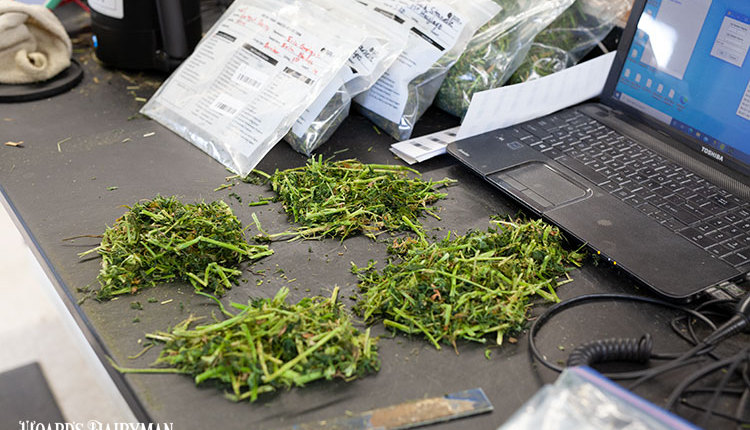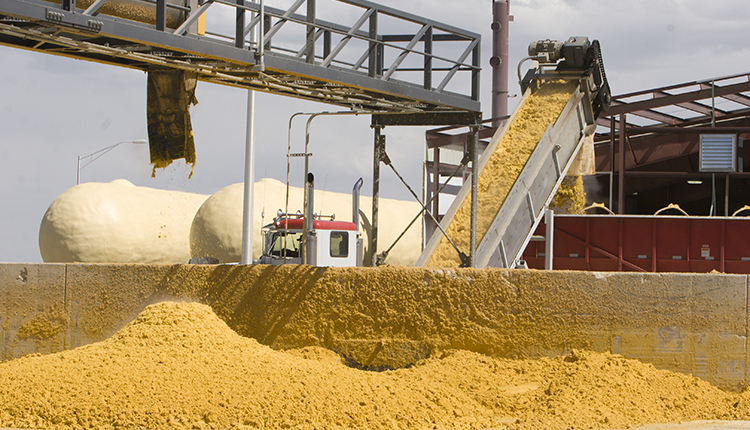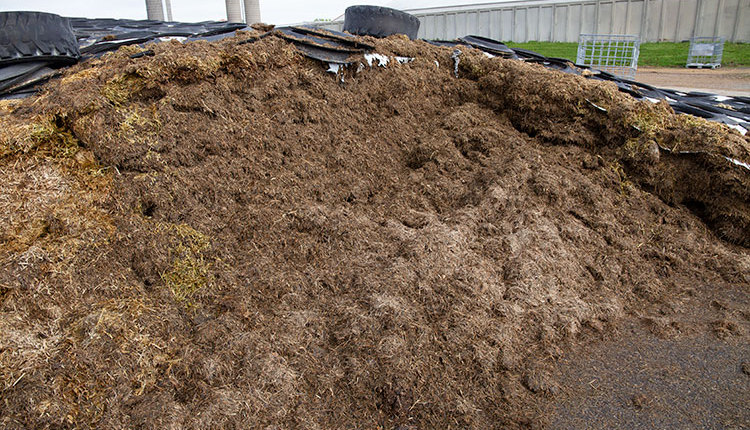
It is often a battle with the spring elements to secure a small grain forage crop, and yet it may be strategically important for dairies, especially if they are coming out of winter deficiency in feed. Another use may be to enhance forage inventory to hedge against the risk of a dry summer. Others may employ small grain forages as part of a double crop regimen to maximize dry matter tonnage from limited acreage. Despite the underlying objective, small grain forage can be an excellent feed material, if it is put up correctly.
What does it mean to put up small grain forage material correctly?
Small grain forage is often harvested during the spring of the year when the weather is unpredictable and typically cool and wet, which causes slow wilting. As a result, these forages may be ensiled at higher moisture levels. With lower levels of epiphytic (naturally occurring) bacteria available to drive fermentation, and with lower temperatures and slower fermentation, silage making outcomes may be poor.
Below is a comparison of fermentations run on different types of small grain silages analyzed by Cumberland Valley Analytical Services (CVAS) in 2019. They are summarized by samples ensiled wetter than 68% moisture (32% dry matter or DM) and those materials ensiled dryer than 68% moisture. Note that average outcomes are markedly different for these two sets of samples, with wetter samples having significantly poorer fermentations.


Silage materials ensiled too wet, especially if sugar levels are lower, have a much higher probability of clostridial fermentation. Clostridial fermentations result in much higher levels of acetic, propionic, and butyric acids. We think of these acids as being problematic when feeding cows, but it is the higher levels of ammonia and protein breakdown products such as amines and amides that can be toxic to cattle. The impacts of feeding higher levels of these forages are reduced dry matter intake, feed refusal, and ketosis in early lactation cattle.
Forages that are high in ammonia have under reported protein values in the laboratory due to loss of ammonia during dry down. Reported levels of soluble protein levels may be lower than expected for the same reason. Note that there is not much difference in the average pH between forages ensiled too wet and those ensiled at more appropriate moisture levels. That’s because pH is not a sensitive indicator of fermentation quality. If you suspect a poor fermentation, request a chemistry fermentation analysis from your laboratory. Near Infra-Red (NIR) can provide an indication of fermentation quality but is not a precise approach.
Small grain forages can be an outstanding feed material for high-producing cattle, but it is often difficult to make during variable spring weather. Cut materials later in the day, preferably after several full sun days to promote high sugar levels. Attempt to wilt materials to less than about 66% moisture, this is a critical step that can greatly improve silage quality. Avoid having cut materials rained on. Use a high-quality inoculant to promote rapid pH drop. If nature cooperates, you may have some excellent forage material to feed!








